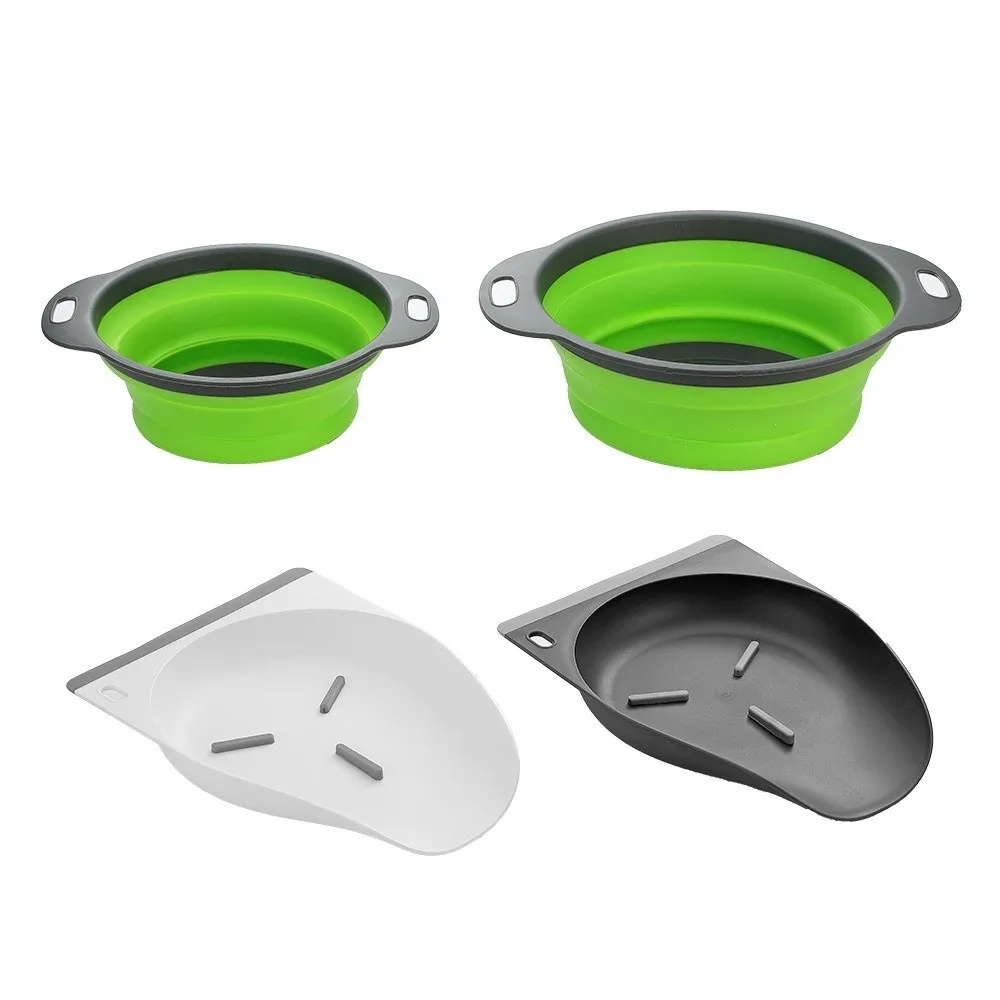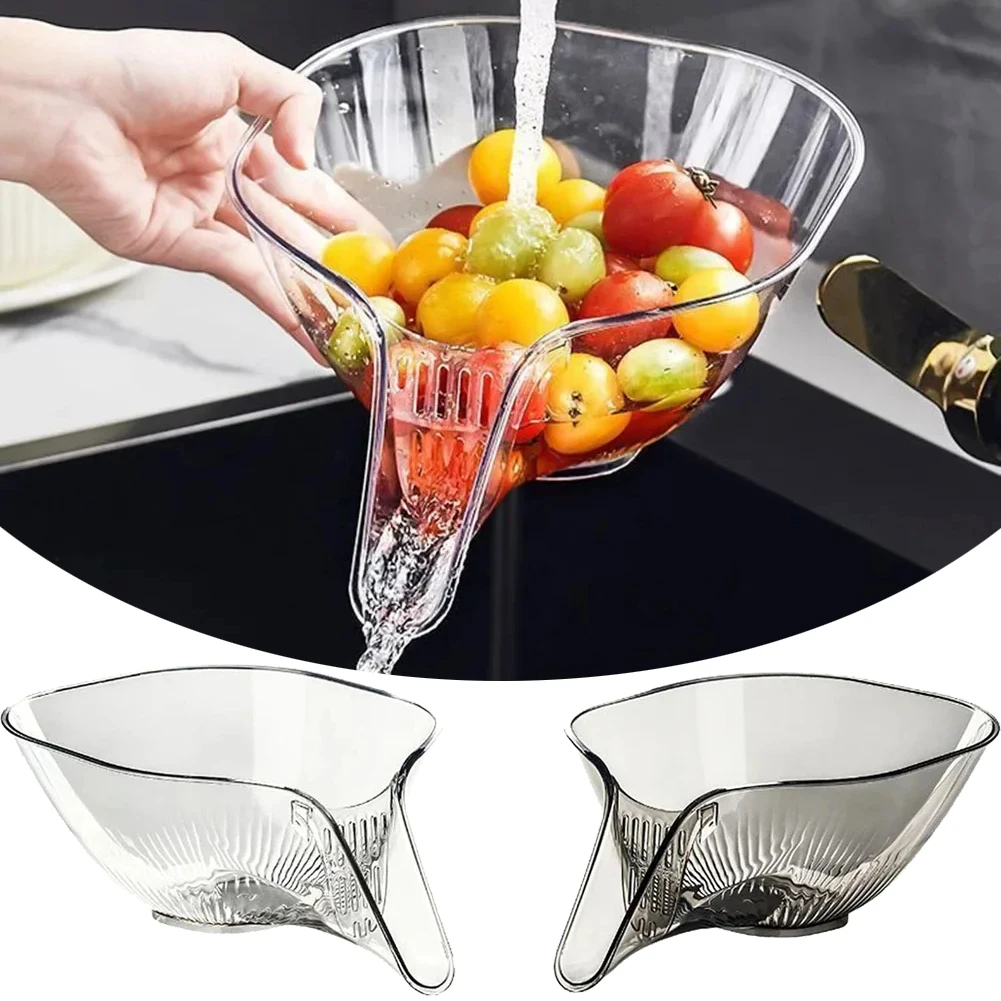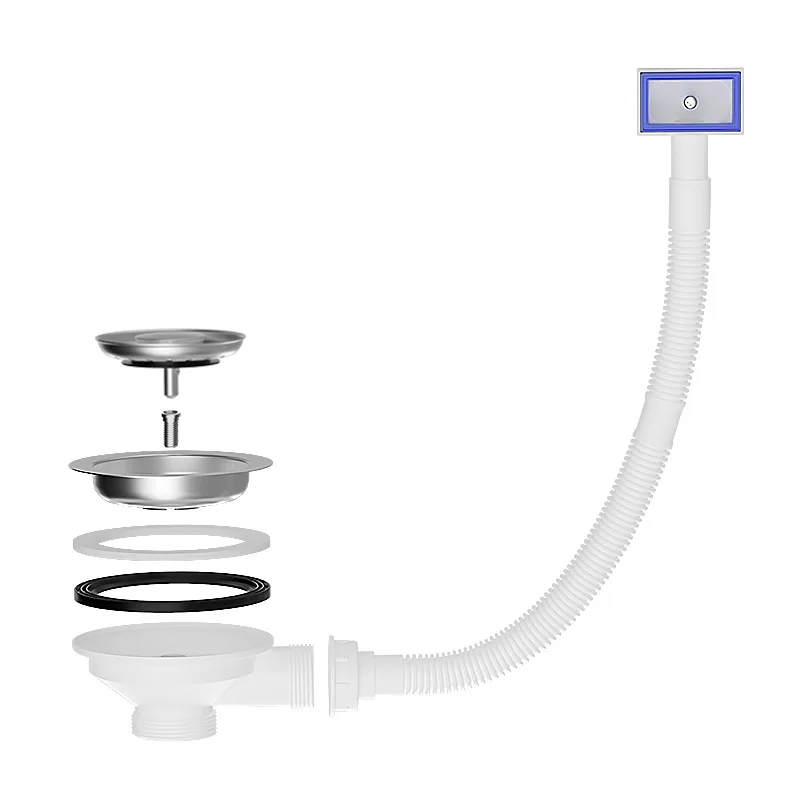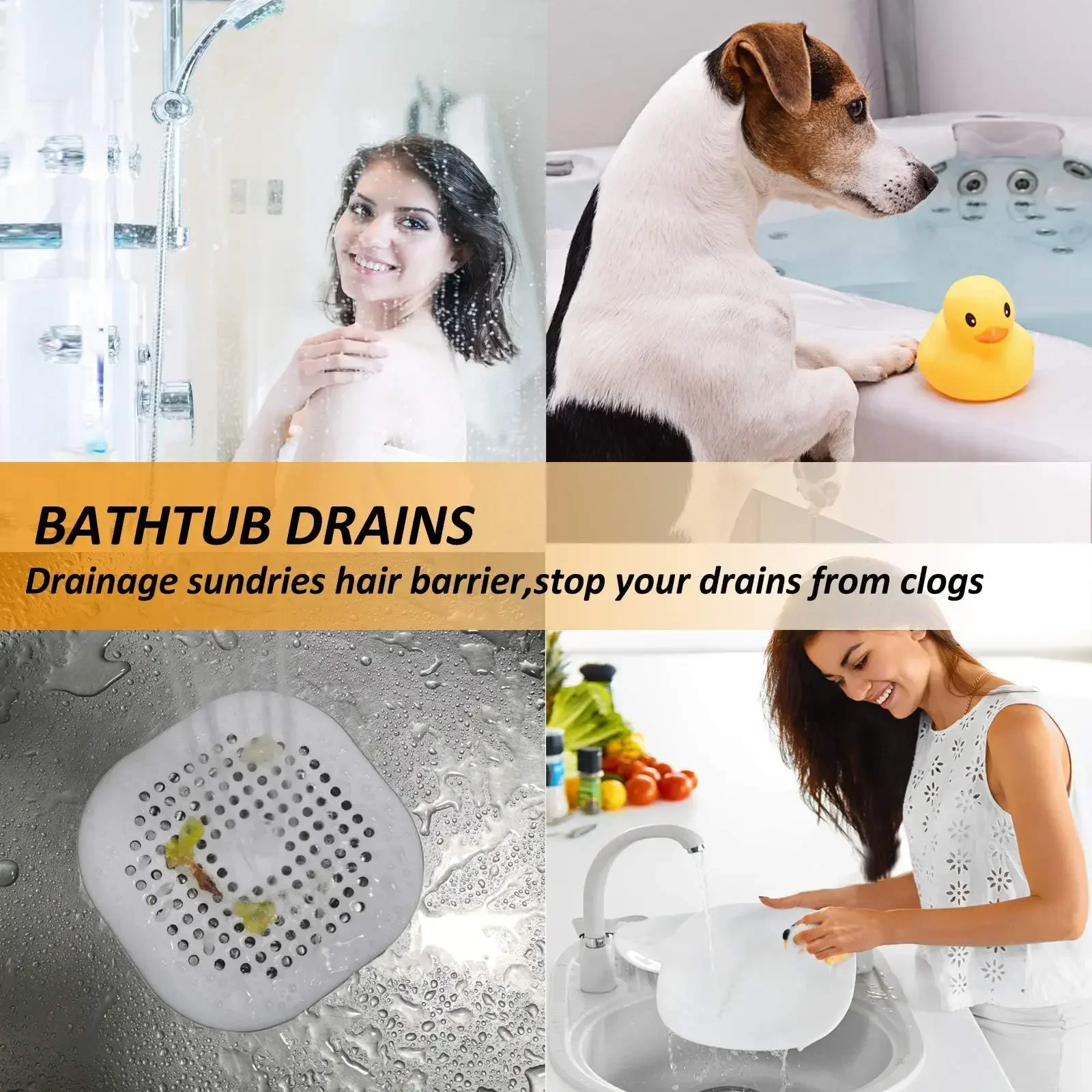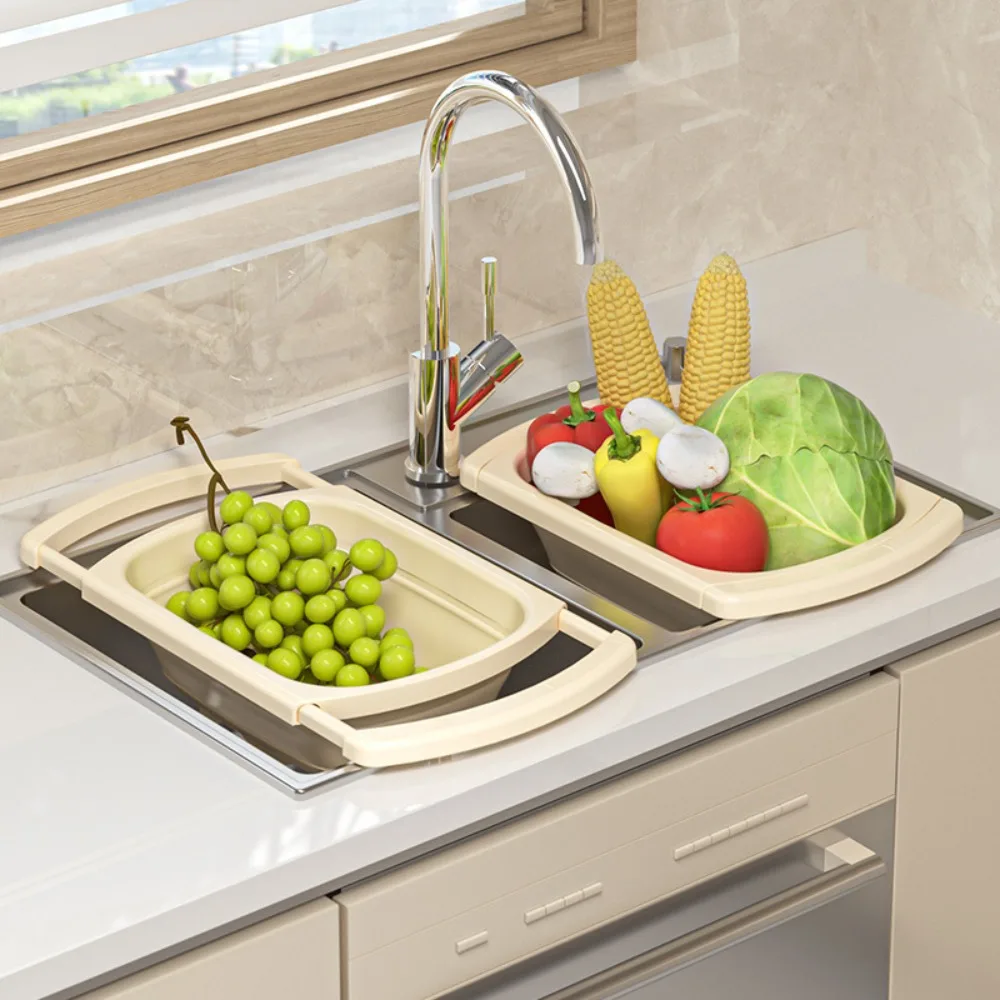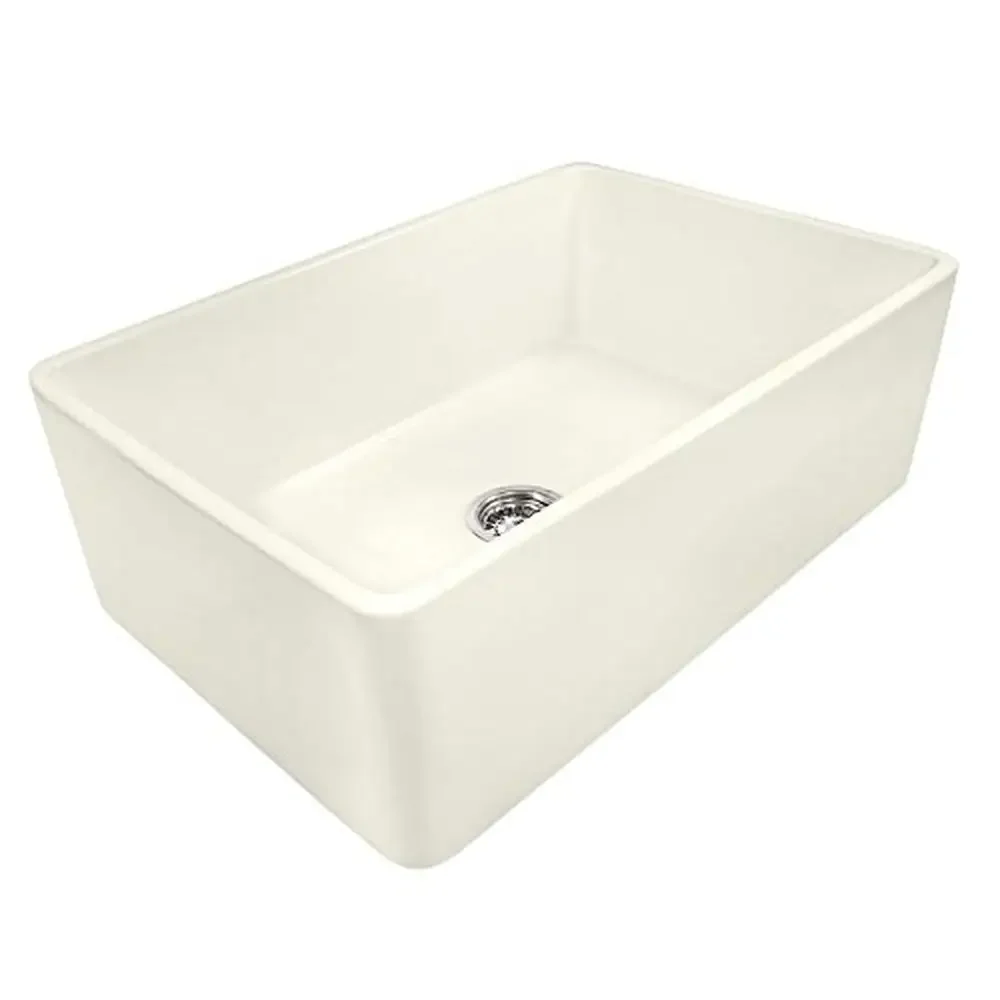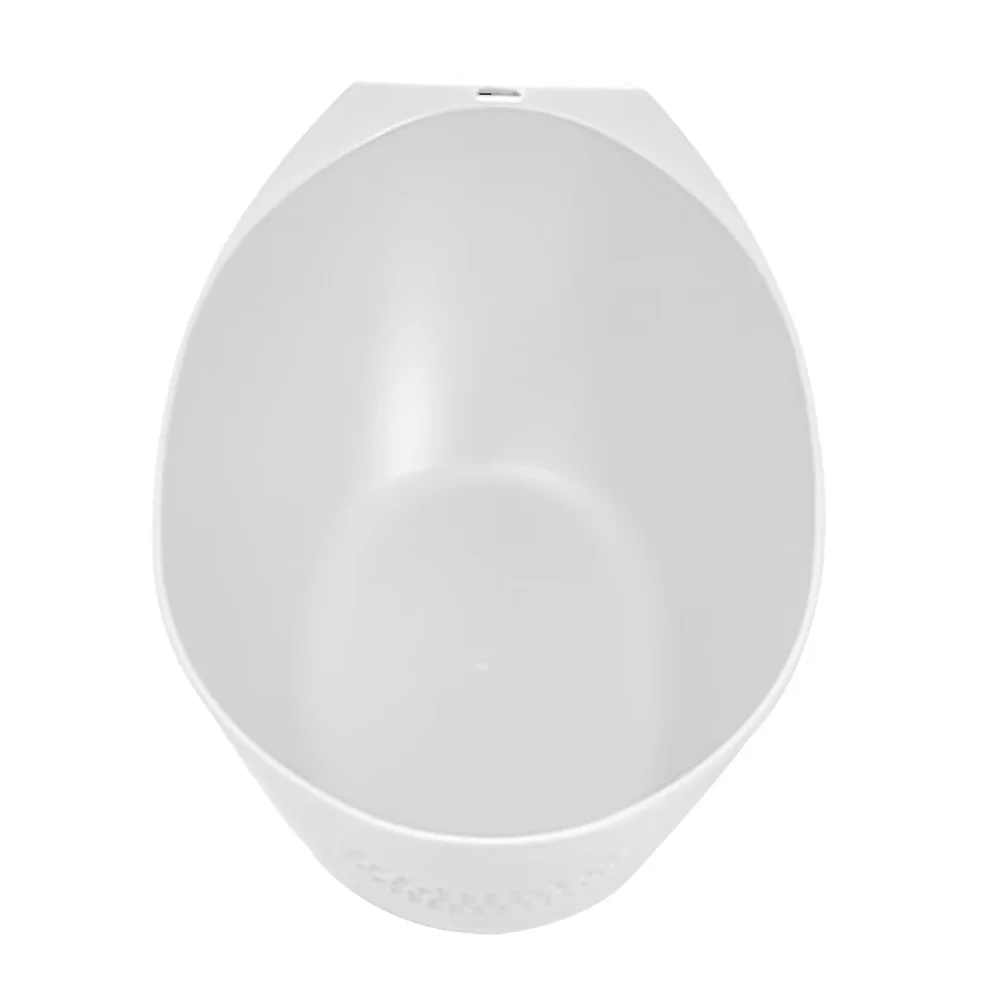1) What a Sink Strainer Actually Does
Let’s start simple. A strainer lets water pass while it holds back solids—rice, vegetable scraps, noodle bits, small bone fragments. Grease and oils (often called FOG: fats, oils, grease) hitch a ride on those scraps, so catching the solids early also helps reduce FOG going down the drain.
The longer leftovers sit in the cup, the faster they smell. That’s why emptying and drying matter as much as choosing the right product.
2) Choosing the Right Strainer (Size · Material · Build)
Measure first
-
Check the inner diameter of the drain opening and the cup depth.
-
Deep cups hold more. Shallow cups empty faster.
-
The rim should sit flush—gaps let fine debris slip through.
Pick a material
-
Stainless 304 (18-8): The standard for homes. Corrosion-resistant, easy to clean.
-
Stainless 316: Better resistance in harsh conditions (frequent chlorine use, coastal humidity).
-
Silicone/TPR: Flip to empty in one move, gentle on the sink surface. Avoid prolonged contact with very hot oils or strong disinfectants.
-
Plastics (PP, etc.): Light and inexpensive, but scratch and discolor more easily.
Choose a build
-
Punched (perforated) basket: A single metal sheet with holes. Sturdy, keeps its shape, cleans easily. Ultra-fine bits may pass.
-
Wire mesh: Excellent at capturing fine debris; can bend or snag if handled roughly.
-
Silicone cup: The champion of convenience—invert and dump. Great if you empty frequently.
3) Setting It Up (So It Doesn’t Wiggle or Leak)
-
Fit the cup and confirm it sits level and doesn’t rock.
-
Check that the rim seals the opening with no visible gaps.
-
Prefer a model with a tab/handle so you can lift it without soaking your hands.
-
If splashing is a problem, add a splash guard to calm the flow.
4) Daily Rhythm That Actually Works
-
Right after cooking or washing:
Empty → scrub with dish soap + lukewarm water → rinse well → air-dry. -
End of day:
Quick pass with a detail brush around the rim and the underside of the cup. -
Once a week:
Detail clean the rim, cup, and flange. If you disinfect, follow the label dilution (short contact, rinse completely, then dry). -
Grease and sauces:
Let cool, wipe and bin with paper towel first; wash the pan after most residue is gone.
5) Troubleshooting: Symptoms → Likely Cause → Quick Fix
| Symptom | Likely cause | Quick fix | Next step |
|---|---|---|---|
| Persistent odor | Residue sitting in cup / poor drying | Empty, wash, fully dry | Weekly detail brush along the rim |
| Slow draining | Build-up in the trap (U-bend) | Clean the trap (call a pro if unsure) | Increase mid-use emptying |
| Splashing | High pressure or hole/mesh mismatch | Reduce flow, add splash guard | Try a different hole size |
| Rainbow stain / discolor | Detergent film or minerals; long soaks | Better rinse; gentle scrub pad | Avoid long disinfectant soaks |
6) Safety and Hygiene Basics
-
Keep FOG out of the drain. It flows when hot but can solidify downstream. Wipe, absorb, and bin instead.
-
Separate tools: use a dedicated brush for the strainer; store it away from dish brushes.
-
If you use disinfectants, respect the product label (short contact time, proper dilution). Rinse thoroughly and dry.
7) Seasonal and Home-Type Tips
-
Winter: Cold water speeds grease solidification—empty more often and wash with lukewarm water.
-
Summer: Odor ramps up in heat—ventilate the cabinet and dry completely after washing.
-
Homes with septic systems: Limiting solids and grease is even more important—wipe first, wash second.
8) Quick Comparison
| Type | Strengths | Watch-outs | Best fit |
|---|---|---|---|
| Perforated stainless | Durable, keeps shape, easy to clean | Ultra-fine particles may pass | Everyday, low-maintenance setup |
| Wire mesh | Catches fine debris well | Bends/snags if mishandled | Broths, noodles, fine-cut veg |
| Silicone cup | Flip-to-empty convenience | Avoid hot oil, strong soaks | Frequent emptying, simple routine |
9) Key Point
-
Measure your diameter and depth; pick a material/build that matches your usage.
-
Make a habit of empty → wash → rinse → (optional) brief disinfect → dry.
-
Keep grease and food bits out of the drain by wiping and binning first.
10) Action Checklist
-
Measure the drain diameter and cup depth
-
Choose material + build that fits your routine
-
After each use: empty, wash, rinse, dry
-
Weekly: detail brush the rim/flange
-
Keep gre

